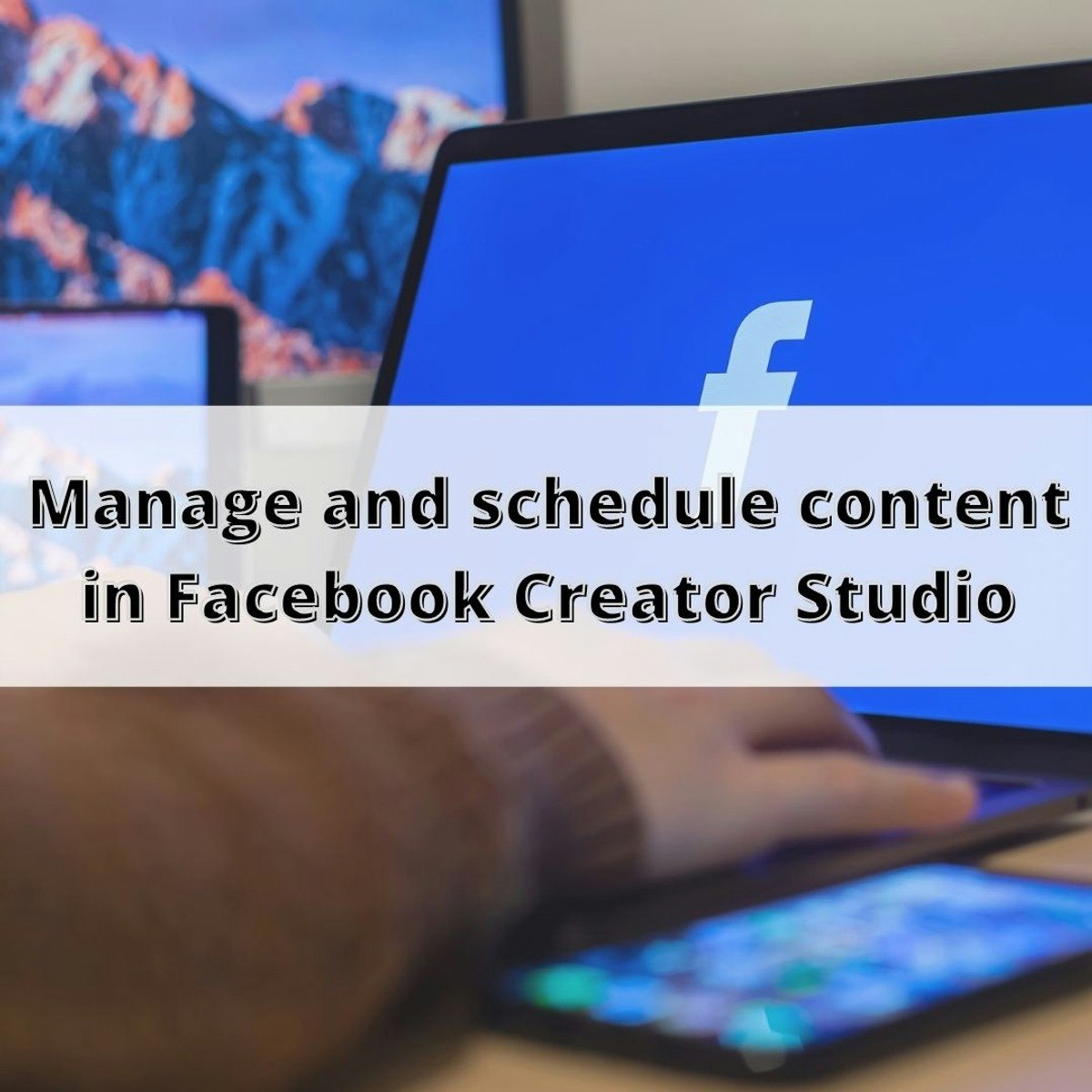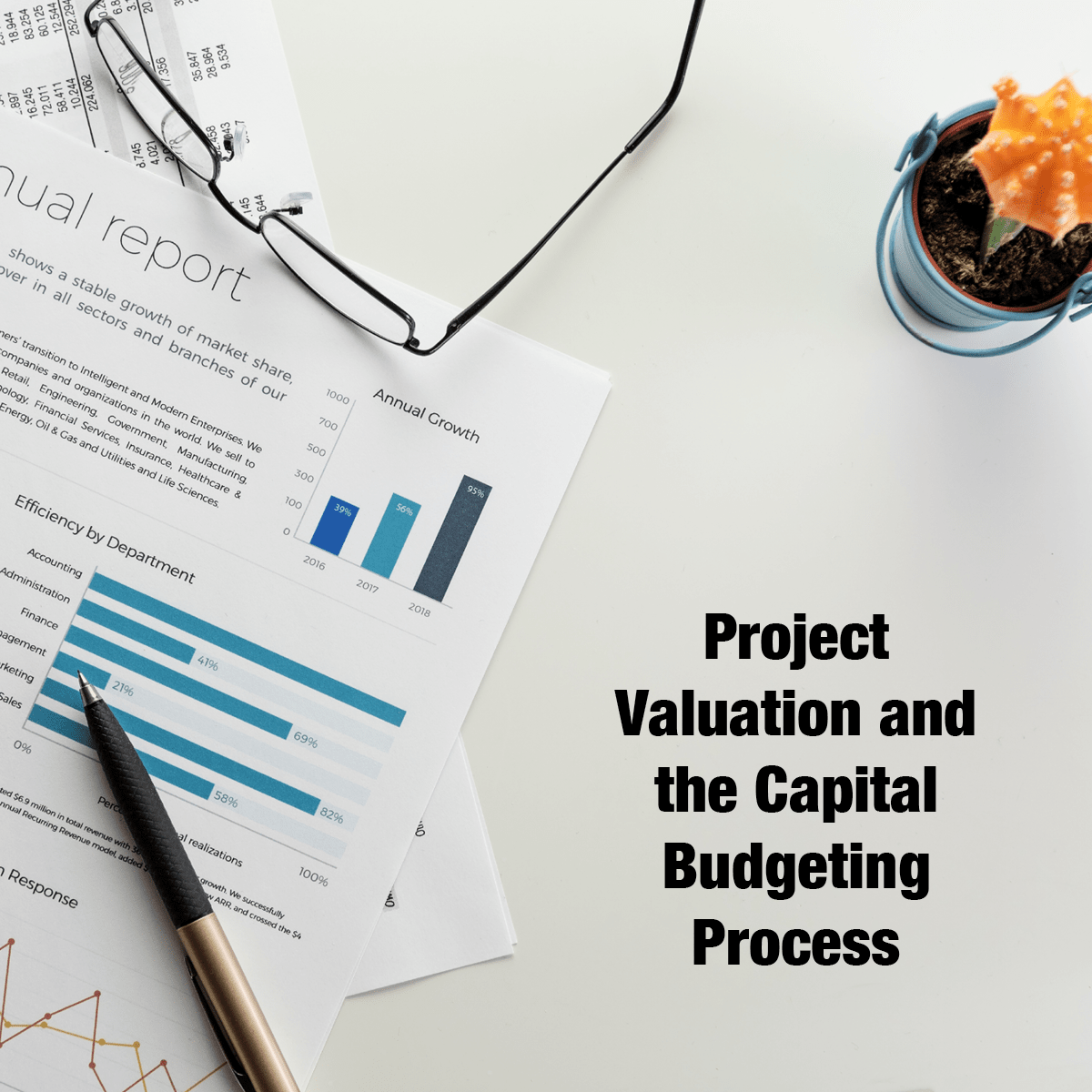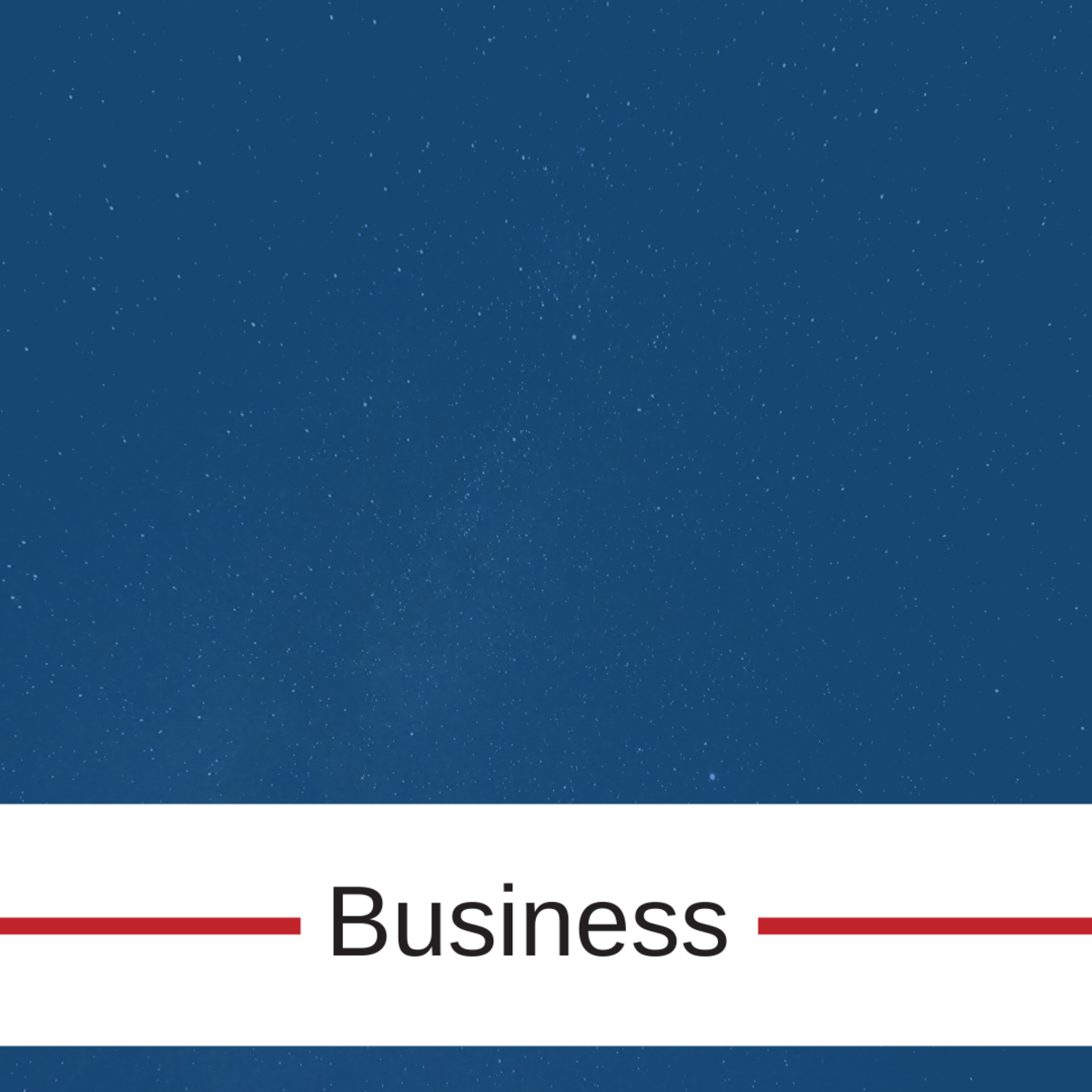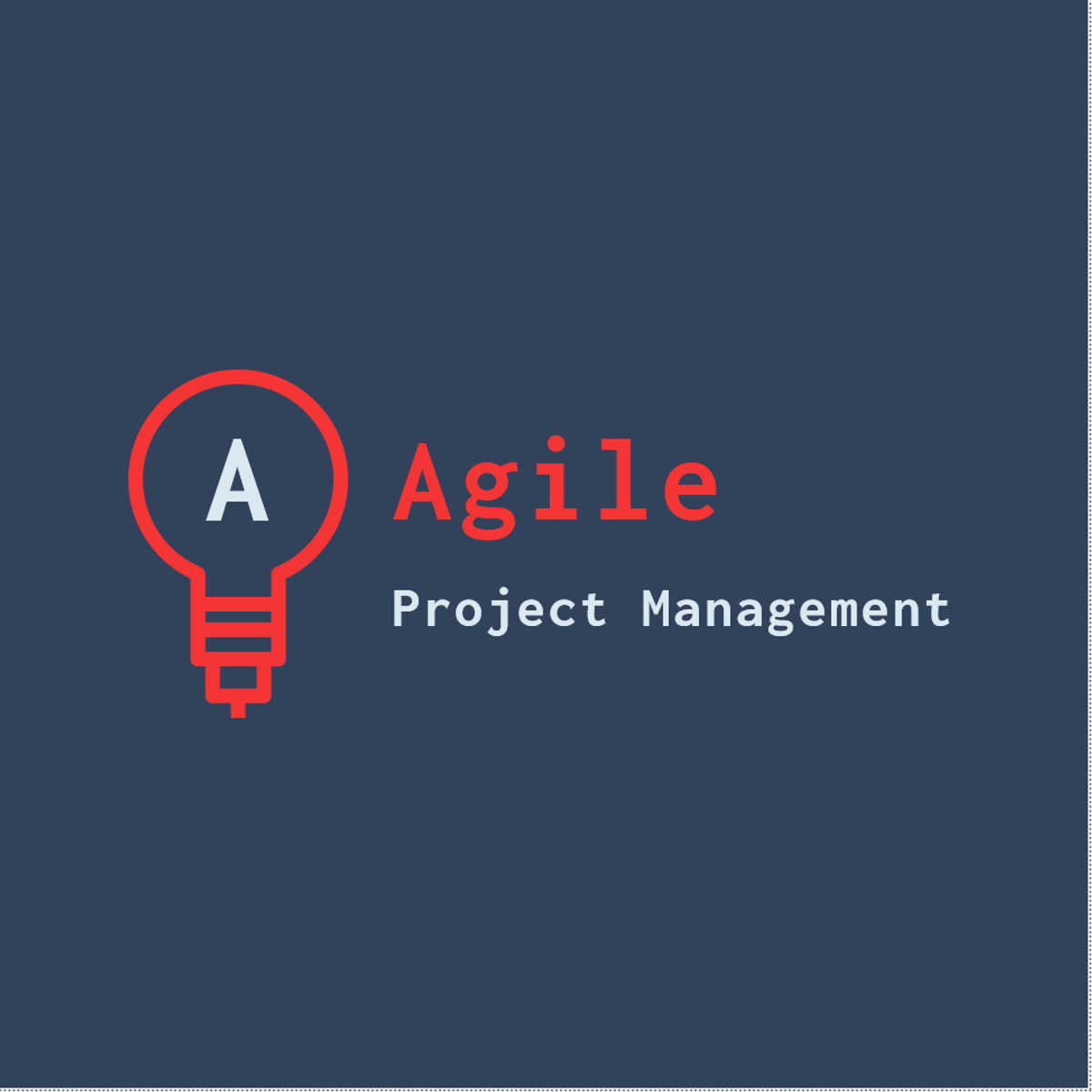Back to Courses









Business Courses - Page 12
Showing results 111-120 of 2058

Hiring and Onboarding Employees with ClickUp
In this project we will create an employee hiring and onboarding process using ClickUp. ClickUp is a free, cloud based program that helps to improve both your productivity and your budget. ClickUp helps both individuals and groups improve their work performance and productivity by consolidating tasks, documents, goals, and communication into one, all inclusive platform. In this project, we will learn how to create and organize a ClickUp workspace to best meet our hiring and onboarding needs. We will also learn how to create templates to simplify and streamline work and how to better track and manage time spent on tasks. So, whether you’re assigning tasks, scheduling training, or working applicants through the applicant tracking system, ClickUp can help you manage it all!

Manage and schedule content in Facebook Creator Studio
In this project, learners will learn how to manage and schedule your content in Facebook Creator Studio. Facebook Creator Studio has all of the tools that you need together, for you to be able to publish your content, manage it, monetize it and measure your content. You can do all of that for all of your Facebook pages and Instagram accounts. Facebook Creator Studio is the perfect tool to manage your social media presence completely free and in a platform that lets you do it all. In this project you will have the opportunity to learn how you can be effective in your social media management skills and how to take advantage of the tools that you have in hand already. If you are looking into getting better with social media this is the guided project for you. Facebook Creator Studio it's free and available for you if you have a Facebook page.

Project Valuation and the Capital Budgeting Process
This course describes the economic viability of an engineering project through the application of net present value, internal rate of return, and payback period analysis. The impacts of depreciation, taxes, inflation, and foreign exchange are addressed. The capital budgeting process is discussed, showing how companies make decisions to optimize their investment portfolio. Risk is mitigated through the application of quantitative techniques such as scenario analysis, sensitivity analysis, and real options analysis.
This course can be taken for academic credit as part of CU Boulder’s Master of Engineering in Engineering Management (ME-EM) degree offered on the Coursera platform. The ME-EM is designed to help engineers, scientists, and technical professionals move into leadership and management roles in the engineering and technical sectors. With performance-based admissions and no application process, the ME-EM is ideal for individuals with a broad range of undergraduate education and/or professional experience. Learn more about the ME-EM program at https://www.coursera.org/degrees/me-engineering-management-boulder.

Design a Client Welcome Kit using Canva
By the end of this project, you will create the main components of a client welcome kit for use in your small business. You will be able to incorporate a color scheme, images, and other design elements for aesthetically pleasing and value-added business marketing collateral. This course will include intermediate to advanced level skills using the free version of Canva. You will create the following pages: cover, content/index, introduction, service, project process, portfolio, what to expect/conditions, contact, end page with space for a quote. Creating a high-quality welcome kit is the perfect way to communicate your business expectations and show your excitement about working with your new client.
Note: This course works best for learners who are based in the North America region. We’re currently working on providing the same experience in other regions.

Project Execution: Running the Project
This is the fourth course in the Google Project Management Certificate program. This course will delve into the execution and closing phases of the project life cycle. You will learn what aspects of a project to track and how to track them. You will also learn how to effectively manage and communicate changes, dependencies, and risks. As you explore quality management, you will learn how to measure customer satisfaction and implement continuous improvement and process improvement techniques. Next, you will examine how to prioritize data, how to use data to inform your decision-making, and how to effectively present that data. Then, you will strengthen your leadership skills as you study the stages of team development and how to manage team dynamics. After that, you will discover tools that provide effective project team communication, how to organize and facilitate meetings, and how to effectively communicate project status updates. Finally, you will examine the steps of the project closing process and how to create and share project closing documentation. Current Google project managers will continue to instruct and provide you with hands-on approaches for accomplishing these tasks while showing you the best project management tools and resources for the job at hand.
Learners who complete this program should be equipped to apply for introductory-level jobs as project managers. No previous experience is necessary.
By the end of this course, you will be able to:
- Identify what aspects of a project to track and compare different tracking methods.
- Discuss how to effectively manage and communicate changes, dependencies, and risks.
- Explain the key quality management concepts of quality standards, quality planning, quality assurance, and quality control.
- Describe how to create continuous improvement and process improvement and how to measure customer satisfaction.
- Explain the purpose of a retrospective and describe how to conduct one.
- Demonstrate how to prioritize and analyze data and how to communicate a project’s data-informed story.
- Identify tools that provide effective project team communication and explore best practices for communicating project status updates.
- Describe the steps of the closing process for stakeholders, the project team, and project managers.

How to Optimize Your Instagram Account
By the end of this project, you will identify the Ins and outs of Instagram. This will help you create content for the algorithm, which will enable you to grow your account and monetize it in the future.Throughout the project, you will be able to to make the best decisions for your Instagram account, along with applying the best tools and methods to boost your engagement and reach- in accordance with the Instagram algorithm. Moreover, we will go over how to write an Instagram bio and we will use different tools to create Instagram story highlights that are essential for your business.
This guided project is best for Instagram users who are looking towards growing their account and increasing their business presence through Instagram
In this project we will use some free tools like Canva, which will help you make different designs easily and the best thing about Canva is that it’s free!

Create a Facebook Shop in Commerce Manager
In this 1-hour long project-based course, you will learn how to build a Facebook shop, customize it and list products on it. You can use your existing Facebook page or create a brand new page for the purpose of this project. I will guide you step by step throughout the entire process of setting up a Facebook shop. We will also explore and choose an appropriate checkout method. By the end of this project, you will be confident in selling your products through Facebook shops.
Note: This course works best for learners who are based in the North America region. We’re currently working on providing the same experience in other regions.

How to Use The IFE-EFE Matrix for Strategic Analysis
In this 1-hour long project-based course, you will be able to analyze your organization and identify your competitive advantage with the Internal Factor Evaluation-External Factor Evaluation (IFE-EFE) matrix. IFE-EFE matrix is strategic management tools used for input stage of strategy formulation. The IFE is focused on the internal dimension of the organization by looking at the strengths and weaknesses. While the EFE is concerned with the external factors by focusing on the opportunities and threats the organization is exposed to. The IFE-EFE matrix is created by assigning weight to each of the factors based on their perceived impact. Then the factors are ranked based on the company performance on each. The weighted score is determined by multiplying the weight by the ranks. Finally, the information on the overall scores of the IFE- EFE would reveal if the company meets the threshold to survive the competitiveness of the industry.
To demonstrate the application of the IFE-EFE matrix, we will use a spreadsheet to analyze a division of our energy services company together. The example of the case study would empower you to use the model to analyze your company or any other company of your choice. The project is for business leaders and entrepreneurs who want have a deep insight on how their internal and external factors determines their competitiveness. Also, for strategist who are interested in helping organization in making informed strategic decisions. At the end of the project, you will be able to use the IFE-EFE matrix to create a competitive advantage

Agile Projects: Develop Product Wireframe Prototypes in Miro
By the end of this guided project, you will be fluent in creating wireframe porotypes for Agile projects based on previous project phases. This will enable you to map the product features and add value to how the customer/user will experience the product or service. You will learn how to encapsulate the needs and wants of the customer persona in the product.
This is essential for generating positive results for your business venture. Furthermore, this guided project is designed to engage and harness your visionary and exploratory abilities. You will use proven models in Agile Project Management with Miro to shape the development roadmap of products and services.
We will practice critically how Epics, User Stories, Personas, and Customer journey phases become valuable input for creating functionality for products and services.
Please see the guide for creating a free account with Miro in the Resources section.

Sales Training: Inbound Business Strategy
Welcome to the Inbound Certification course!
This course will introduce you to inbound and provide you with a big picture view of everything you need for a successful inbound strategy.
So, why inbound?
Inbound is a fundamental shift in the way you do business. Instead of an interruption-based message where the marketer or salesperson had all the control, inbound is about empowering potential customers. Consumer’s buying behaviors have changed and will continue to change. That's the driving force behind inbound. What your customers want today is different than what they wanted 10 years ago. That means you need to change the way you market, sell, and service to match the way people actually want to shop and buy.
So, wondering what to expect in this course?
After an initial lesson on an introduction to the inbound fundamentals, the course consists of a set of lessons that follows the inbound methodology. The inbound methodology illustrates the four stages that make an inbound business. It reflects the entire inbound marketing, sales, services, and relationship process. The stages are Attract, Convert, Close, and Delight.
Each lesson includes different tactics that you can apply to help you and your business grow better. You’ll also hear from HubSpot executives and leadership including: HubSpot’s Co-founders Brian Halligan & Dharmesh Shah. Chief People Officer, Katie Burke. VP of HubSpot Academy, Mark Kilens. VP of Marketing, Meghan Anderson. SVP of Product, Christopher O’Donnell. VP of Sales, Michelle Benfer. And VP of Customer Success, Alison Elworthy
Popular Internships and Jobs by Categories
Find Jobs & Internships
Browse
© 2024 BoostGrad | All rights reserved